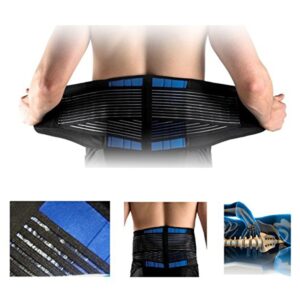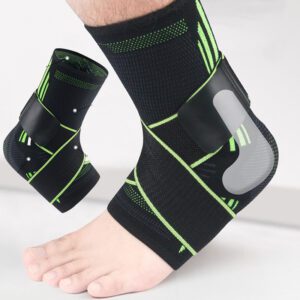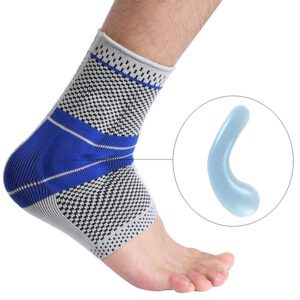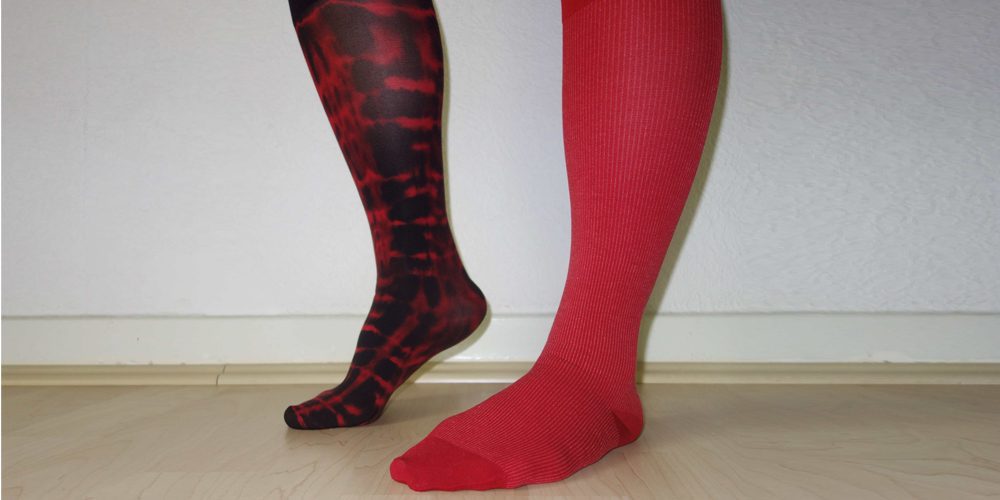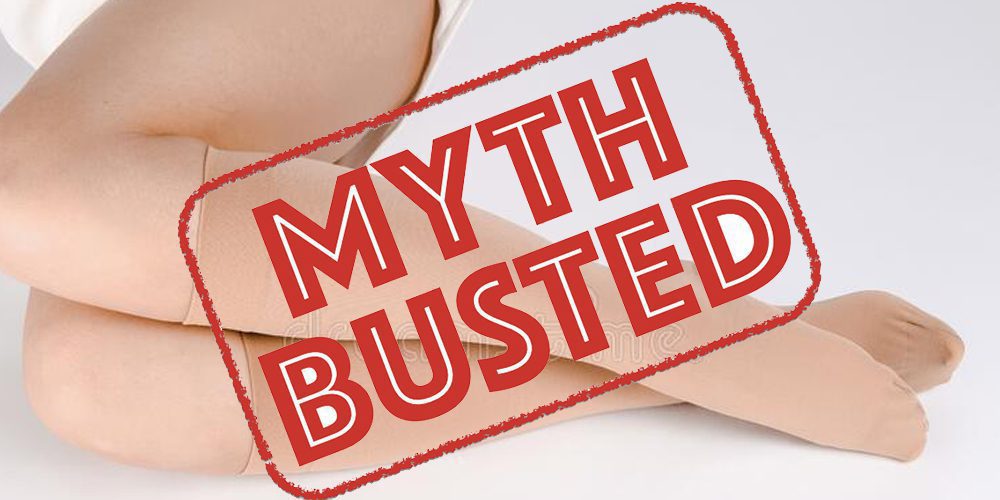Do you hear a clicking noise when you straighten your leg? You’re not alone! In fact, this is a very common phenomenon. Knees are actually made up of two joints that work together as a hinge, and that means clicking can occur when they move. While it’s normal for these noises to happen, there are some things you should be aware of. Keep reading to learn more about clicky knees.
What are “clicky” knees and what causes them?
“Clicky” knees are a common complaint, particularly among older adults. The technical term for this condition is crepitus, and it occurs when the knee joint rubs together, causing a clicking or cracking sound. There are a number of potential causes of crepitus, including arthritis, wear and tear on the joint, or an injury. In some cases, the condition may be caused by a build-up of fluid in the knee joint. Clicking knees can also be a sign of tendonitis, which is an inflammation of the tendons that attach the thigh bone to the shin bone. Treatment for crepitus depends on the underlying cause. For example, if the condition is caused by arthritis, pain relief and anti-inflammatory medication may be recommended. If you have clicky knees and are concerned about the cause, speak to your doctor for further advice.
What are the symptoms of clicky knees and when should you be concerned?
Clicky knees are a common condition that often doesn’t require treatment. However, if you’re experiencing pain or weakness in your knees, it’s important to see a doctor to rule out other conditions. The most common symptom of clicky knees is a clicking or popping sound when you move your joint. You may also feel pain, tenderness, or stiffness in your joint. In some cases, the clicking can become more pronounced over time. If you’re concerned about your clicky knees, make an appointment with your doctor. They can perform a physical examination and order imaging tests to rule out other conditions, such as osteoarthritis or a meniscus tear. Treatment for clicky knees generally focuses on relieving symptoms and may involve rest, ice, and over-the-counter pain relievers. Physical therapy can also help strengthen the muscles around your joint and improve your range of motion. If these conservative measures don’t relieve your symptoms, your doctor may recommend surgery.
How can you prevent or reduce clicking in your knees?
Clicking or grating sensations in your knees can be annoying, and they may also signal the presence of underlying joint problems. In most cases, clicking knees are due to kneecap (patellar) subluxation, a condition in which the kneecap slides out of place. However, clicking knees can also be caused by arthritis, cartilage damage, or loose pieces of bone or cartilage in the joint. While clicking knees may not always be painful, they can become a source of discomfort and disability over time. There are several things you can do to prevent or reduce clicking in your knees:
* Strengthen the muscles around your knees. Strong muscles help to keep your kneecap in place and protect your joints from further damage.
* Stay at a healthy weight. Excess weight puts additional stress on your knees, which can lead to pain and joint damage.
* Avoid high-impact activities. Running, jumping, and other high-impact activities can put a strain on your knees and lead to injury. If you must participate in these activities, take breaks often and cross-train with low-impact activities to give your knees a rest.
* Wear supportive shoes. Wearing shoes that provide good cushioning and support can help reduce stress on your knees.
* Stretch and warm up before exercise. Stretching and warming up before you exercise helps to loosen your muscles and reduces the risk of injury.
* Wear a knee support brace. Knee support braces can help to stabilize your kneecap and reduce pain. Additionally, they stabilize the ligaments and tendons and reduce the friction in the joint.
What treatments are available for clicky knees if they become a problem?
If you have clicky knees, there are several potential treatments that may help. For example, you might try:
– Stretching and strengthening exercises. These can help improve the range of motion in your knee and make the joint less likely to click.
– Weight loss. If you’re overweight, losing even a few pounds can take the stress off your knees and help reduce clicking.
– Orthotics. Wearing supportive devices, such as braces or shoe inserts, can help stabilize your knees and reduce clicking.
– Joint lubrication injections. If your joints are particularly dry, injections of a lubricating substance may help reduce friction and clicking.
If conservative measures don’t relieve your symptoms, you may need surgery to repair or replace the affected joint. However, this is usually only recommended if you have severe pain or disabling symptoms. Your doctor can advise you on the best treatment option for your individual situation.
What are some tips for living with clicky knees?
Clicking knees can be annoying, but it’s usually nothing to worry about. However, if the clicking is accompanied by pain, swelling, or instability, it could be a sign of a more serious problem. Here are some tips for living with clicky knees:
-Rest and ice your knees after exercise or activities that put stress on them.
-Wear supportive shoes with good arch support.
-Avoid high-impact activities like running or jumping.
-Strengthen your leg muscles with exercises like lunges and squats.
-Stretch your hamstrings and quadriceps regularly.
If you’re having persistent pain or clicking in your knees, see a doctor to rule out any underlying medical problems.
The best exercises for clicky knees
If you’re dealing with clicky knees, there are a few exercises you can do to help ease the pain and improve joint function. One of the best exercises for clicky knees is the squat. Start by standing with your feet shoulder-width apart and your knees bent. Then, lower yourself down into a squat position, keeping your weight in your heels. Hold this position for a few seconds, then return to standing. Repeat this exercise 10-15 times.
Another great exercise for clicky knees is the lunge. Start by standing with your feet together and your hands on your hips. Step forward with your right leg and lower yourself down into a lunge position, keeping your front knee over your ankle. Return to standing and repeat with the other leg. Perform 10-15 repetitions on each side.
Foam rolling the entire muscle on the out- or inside of your thigh can also help to ease pain and clicking in the knee. Start by lying on your side with a foam roller placed under your upper leg, just above the knee. Roll up and down, applying pressure as needed. You can also try this exercise with the foam roller placed under your calf muscle.
Squat Stretches can also help. Start by standing with your feet shoulder-width apart and your knees bent. Then, lower yourself down into a squat position, keeping your weight in your heels. Reach your arms out in front of you and hold this position for 30 seconds to one minute.
Another exercise you could try is the Knee Flexion Gapping Stretch. Start by sitting on the floor and take one foot behind the knee. Then rock gently sideways to feel the muscle loosen up.
Complications
Clicky knees can be a nuisance, but they’re usually not serious. However, in some cases, they can be a sign of a more serious condition, such as osteoarthritis or meniscus tears. If you experience pain, swelling, or locked knees, it’s important to see a doctor to rule out any serious problems. Here are some other complications and conditions that can cause clicky knees:
– Osteoarthritis: This degenerative joint disease is a common cause of clicky knees. It occurs when the cartilage that protects the joints wears down, causing pain and stiffness.
– Meniscus tears: The meniscus is a crescent-shaped piece of cartilage that cushions the knee joint. A tear in the meniscus can cause clicking, popping, or locking of the knee.
– Hamstring tendonitis: This condition is marked by inflammation of the tendons that connect the hamstrings to the bones near the knee. It can cause clicking and pain when walking or running.
– Patellar subluxation: This is a condition in which the kneecap (patella) slides out of position. It can cause clicking and pain in the knee.
– Runner’s Knee: This condition is caused by the repetitive stress of running and jumping. It can cause pain and click in the knee.
– Knee bursitis: This condition is marked by inflammation of the fluid-filled sacs (bursae) that cushion the knee joint. It can cause pain and click in the knee.
Takeaways
Knee clicking when straightening the leg is generally normal but can be a sign of more serious medical problems. If you experience pain, discomfort or mobility problems along with the clicking, see a doctor. There are a number of exercises you can do to help ease the pain and improve joint function if you are dealing with clicky knees.
If you have clicky knees, there are a few things you can do to ease the pain and improve your joint function. Exercises like squats and lunges can help to strengthen the muscles around the knee and improve the range of motion. Foam rolling and stretching can also help to loosen tight muscles and improve flexibility. If you experience pain, swelling, or locked knees, it’s important to see a doctor to rule out any serious problems.
I hope this article gave you a brief overview and maybe took away your worries. Please comment on your experiences below and share exercises or treatments that have helped you with our readers. Your insights are always welcome and appreciated.











